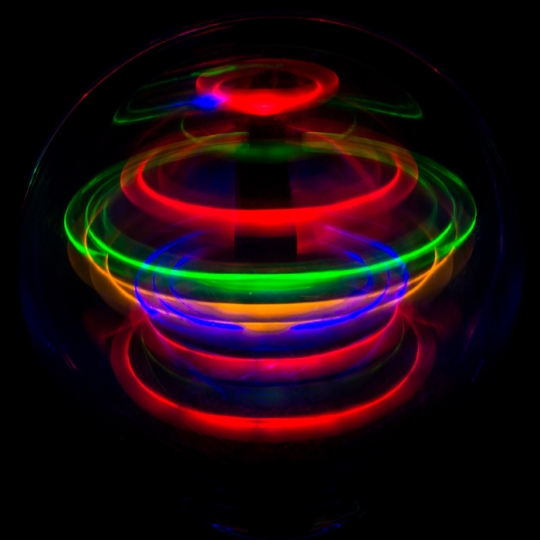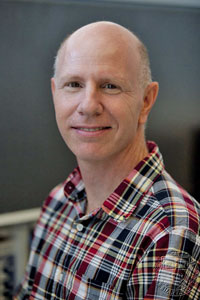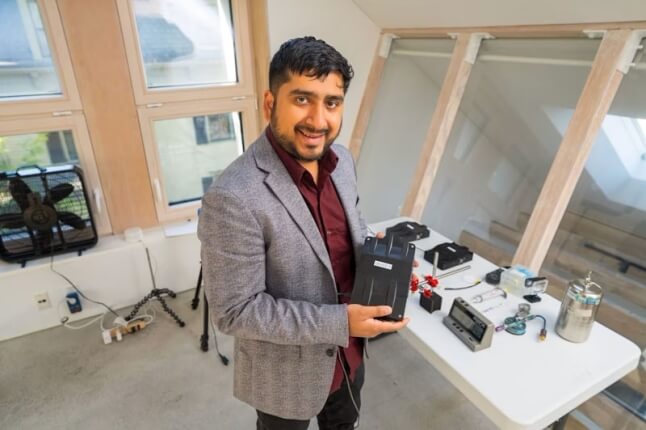News
Harvard researchers found a way to transmit electron spin information through superconducting materials (Image courtesy of WikiCommons)
Researchers from the Harvard John A. Paulson School of Engineering and Applied Sciences (SEAS) have made a discovery that could lay the foundation for quantum superconducting devices. Their breakthrough solves one the main challenges to quantum computing: how to transmit spin information through superconducting materials.
Every electronic device — from a supercomputer to a dishwasher — works by controlling the flow of charged electrons. But electrons can carry so much more information than just charge; electrons also spin, like a gyroscope on axis.
Harnessing electron spin is really exciting for quantum information processing because not only can an electron spin up or down — one or zero — but it can also spin any direction between the two poles. Because it follows the rules of quantum mechanics, an electron can occupy all of those positions at once. Imagine the power of a computer that could calculate all of those positions simultaneously.
A whole field of applied physics, called spintronics, focuses on how to harness and measure electron spin and build spin equivalents of electronic gates and circuits.
By using superconducting materials through which electrons can move without any loss of energy, physicists hope to build quantum devices that would require significantly less power.
But there’s a problem.
According to a fundamental property of superconductivity, superconductors can’t transmit spin. Any electron pairs that pass through a superconductor will have the combined spin of zero.
In work published recently in Nature Physics, the Harvard researchers found a way to transmit spin information through superconducting materials.
“We now have a way to control the spin of the transmitted electrons in simple superconducting devices,” said Amir Yacoby, Professor of Physics and of Applied Physics at SEAS and senior author of the paper.
It’s easy to think of superconductors as particle super highways but a better analogy would be a super carpool lane as only paired electrons can move through a superconductor without resistance.
These pairs are called Cooper Pairs and they interact in a very particular way. If the way they move in relation to each other (physicists call this momentum) is symmetric, then the pair’s spin has to be asymmetric — for example, one negative and one positive for a combined spin of zero. When they travel through a conventional superconductor, Cooper Pairs’ momentum has to be zero and their orbit perfectly symmetrical.
But if you can change the momentum to asymmetric — leaning toward one direction — then the spin can be symmetric. To do that, you need the help of some exotic (aka weird) physics.
Superconducting materials can imbue non-superconducting materials with their conductive powers simply by being in close proximity. Using this principle, the researchers built a superconducting sandwich, with superconductors on the outside and mercury telluride in the middle. The atoms in mercury telluride are so heavy and the electrons move so quickly, that the rules of relativity start to apply.
“Because the atoms are so heavy, you have electrons that occupy high-speed orbits,” said Hechen Ren, coauthor of the study and graduate student at SEAS. “When an electron is moving this fast, its electric field turns into a magnetic field which then couples with the spin of the electron. This magnetic field acts on the spin and gives one spin a higher energy than another.”
So, when the Cooper Pairs hit this material, their spin begins to rotate.
“The Cooper Pairs jump into the mercury telluride and they see this strong spin orbit effect and start to couple differently,” said Ren. “The homogenous breed of zero momentum and zero combined spin is still there but now there is also a breed of pairs that gains momentum, breaking the symmetry of the orbit. The most important part of that is that the spin is now free to be something other than zero.”
The team could measure the spin at various points as the electron waves moved through the material. By using an external magnet, the researchers could tune the total spin of the pairs.
“This discovery opens up new possibilities for storing quantum information. Using the underlying physics behind this discovery provides also new possibilities for exploring the underlying nature of superconductivity in novel quantum materials,” said Yacoby.
This research was coauthored by Sean Hart, Michael Kosowsky, Gilad Ben-Shach, Philipp Leubner, Christoph Brüne, Hartmut Buhmann, Laurens W. Molenkamp and Bertrand I. Halperin.
Topics: Applied Physics
Cutting-edge science delivered direct to your inbox.
Join the Harvard SEAS mailing list.
Scientist Profiles
Amir Yacoby
Mallinckrodt Professor of Physics and of Applied Physics
Press Contact
Leah Burrows | 617-496-1351 | lburrows@seas.harvard.edu




